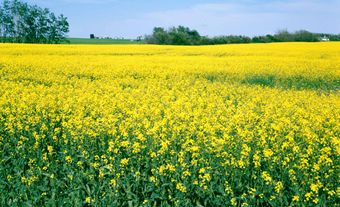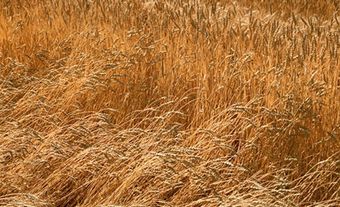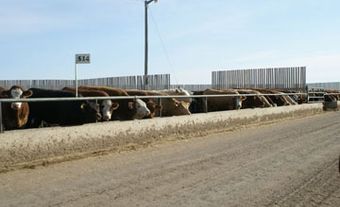Canola is a type of rapeseed and it is a Canadian innovation. Canola is characterized by having improved nutritional qualities in both its oil and meal. Canada produced 18.2 million tonnes of canola in 2022. The majority of canola produced in Canada is exported. The main importing markets are the United States, China, Japan, Mexico and the European Union. (See also Industry in Canada.)

History
Unlike other seeds and plants canola and rapeseed do not have a single Latin name. Canola plants belong to the Brassicaceae (Cruciferae) family that comprises about 350 genera and 3,000 species, including Brassica campestris or rapa (turnip) Brassica napus (rutabaga), Brassica oleracea (cabbage and cauliflower) and Brassica juncea (mustard). Brassica campestris originated in the foothills of the Himalayan Mountains; Brassica napus probably originated in the Mediterranean region and was the result of natural crosses between Brassica campestris and Brassica oleracea plants. Canola varieties could belong to Brassica rapa, Brassica napus or Brassica juncea.
Rapeseed has been an important source of edible vegetable oil in Asia for almost 4,000 years and was used as a lighting oil and edible oil in Europe since at least the Middle Ages. Rapeseed was first grown in Canada during the Second World War as a source of high-quality lubricant for marine engines. Canola oil has become a major source of cooking oil, margarine, salad dressing and shortening. The meal remaining after oil extraction is a high-protein feed for livestock.
Early warnings of potential problems with erucic acid (C22:1) provided the motivation for changing the fatty acid composition of the oil of the rapeseed grown in Canada. The development of the canola as it is known today is the result of the work of two Canadian researchers, Baldur Rosmund Stefansson and Richard Keith Downey, who jointly identified the first low erucic plants in rapeseed (Brassica napus). The development of the first low erucic acid and low glucosinolate canola, named “Tower” (1974), was accomplished by conventional breeding, which is the selection and the crossing of seeds from plants low in these two components. Stefansson and Downey received several awards (e.g., the Royal Bank Award and the Order of Canada) in recognition of their contributions for developing canola.
Today, almost all of the canola grown in Canada is herbicide tolerant. (See also Weeds; Pesticides.) There are three types of herbicide tolerant canola. Two were obtained by insertion of a gene and are genetically modified organisms (GMOs); they are Round-up Ready® and Liberty Link®. One, Clearfield®, was obtained by mutation and is a non-GMO.
Production
Canola is primarily grown in Alberta, Saskatchewan and Manitoba. In Canada, canola is usually seeded in spring (May) and harvested from August to September; however, in Southern Ontario, winter canola can be seeded in August and harvested the next year from early July to August. Sowing and harvesting methods are similar to those of cereals. Mature seeds contain on average 43 per cent oil and have thin black, brown or yellow seed coats.

Health and Nutrition
Canola oil is one of the healthiest oils present on the market, averaging about 60 per cent oleic acid (C18:1), 20 per cent linoleic acid (C18:2) and 10 per cent ∝-linolenic acid (C18:3). This makes canola oil a good source of ∝-linolenic acid with the ideal ratio (2:1) of omega-6 (∞-6) to omega-3 (∞-3). Moreover, canola oil has the lowest content of saturated fatty acid when compared to other commercially available dietary fats.

The canola industry in Canada is one of the most innovative. High stability canola oil was developed in response to the ban of trans-fatty acids in food products. This new oil has higher levels of oleic acid (65 per cent to 74 per cent versus 60 per cent) and lower levels of ∝-linolenic acid (2 per cent to 3 per cent versus 10 per cent) than conventional canola oil. ∝-Linolenic acid is a polyunsaturated fatty acid (three double bonds) that oxidize very easily under the high temperature conditions of frying. This leads to the formation of undesirable flavours and trans-fatty acids. This high stability oil is mainly used by the food industry for frying and allows for the reduction/elimination of trans-fatty acids from fried foods (e.g., potato chips), making these products a healthier choice.

 Share on Facebook
Share on Facebook Share on X
Share on X Share by Email
Share by Email Share on Google Classroom
Share on Google Classroom











.jpg)


